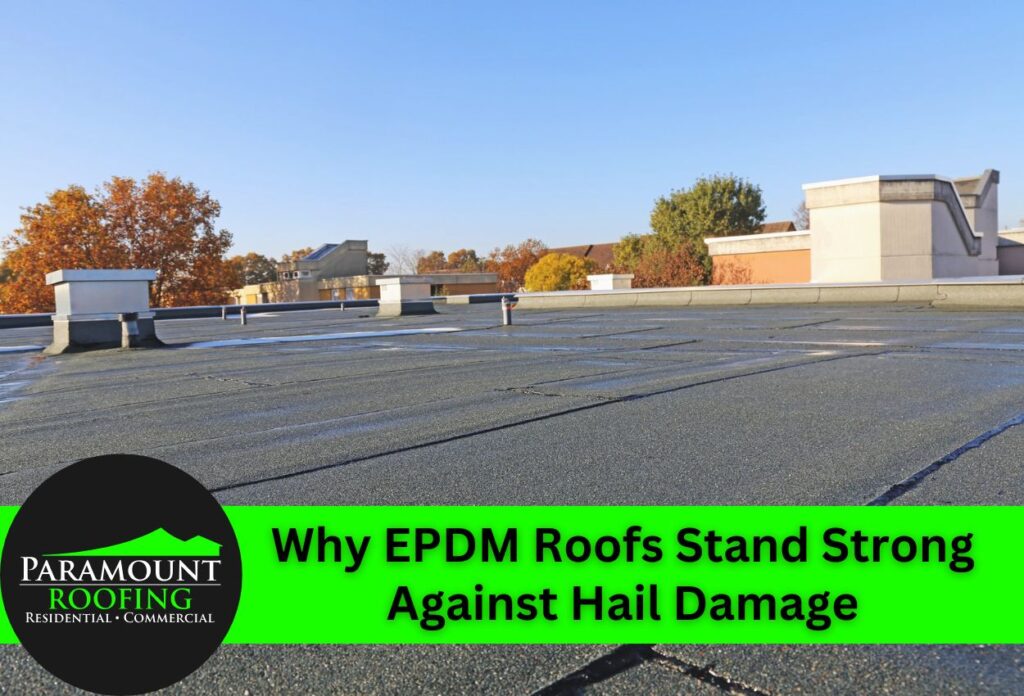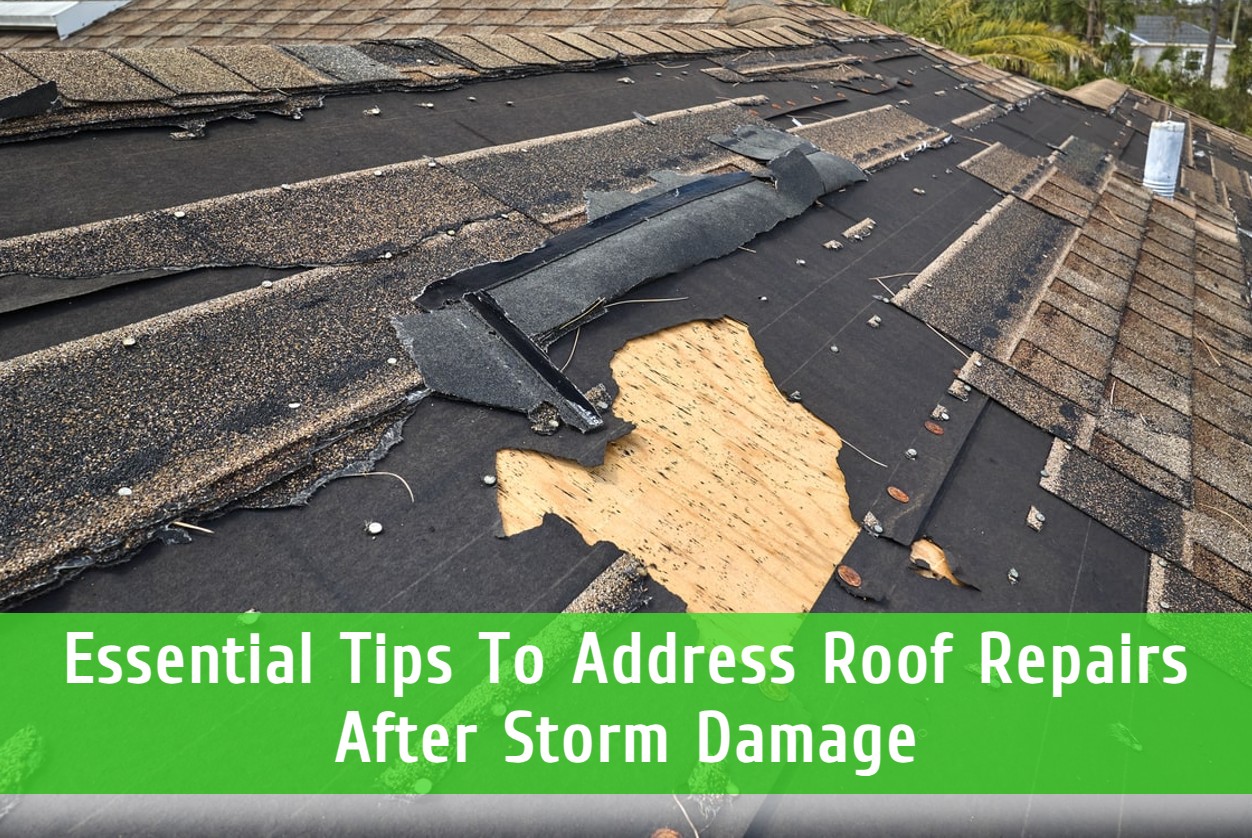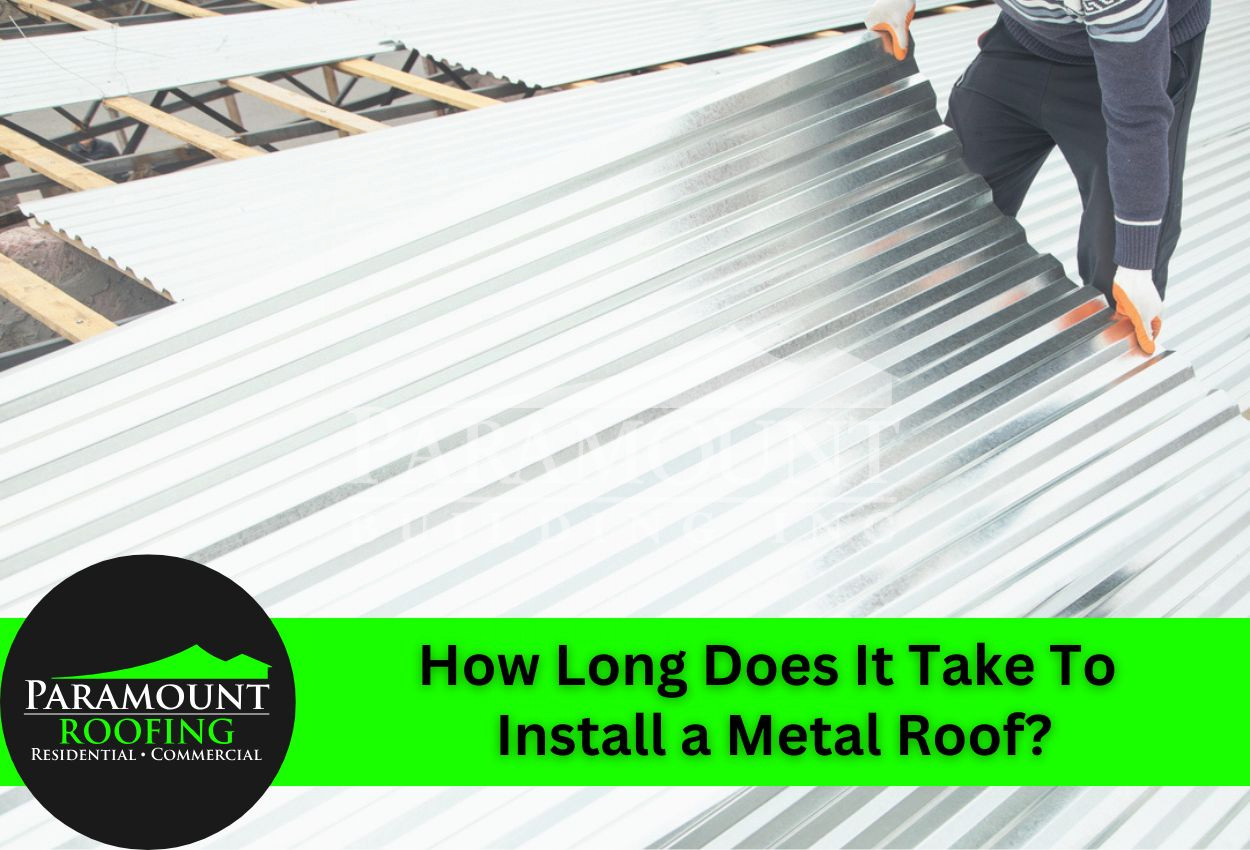
Hailstorms pose one of the most destructive threats to commercial and residential roofing systems across Michigan. When ice pummels rooftops at high velocities, many traditional roofing materials crack, puncture, or suffer extensive damage that leads to expensive repairs and water infiltration. EPDM hail resistance has emerged as a critical factor for property owners seeking reliable protection against severe weather conditions.
The Detroit metropolitan area experiences intense storm systems that frequently produce damaging hail ranging from marble-sized pellets to golf ball-sized projectiles. These storms can devastate conventional roofing materials like asphalt shingles, wood shakes, and rigid membrane systems. Understanding how different roofing materials respond to hail impacts helps property owners make informed decisions about long-term roof protection.
EPDM durability stems from its unique synthetic rubber composition, which combines ethylene, propylene, and diene monomers into a flexible, resilient membrane. This single-ply roofing system has a remarkable ability to absorb impact energy rather than transferring it directly to the roof deck. Their hail damage resistance comes from EPDM’s inherent flexibility, allowing the membrane to flex under impact and return to its original shape without permanent deformation or punctures that compromise the roofing system’s integrity. For property owners looking for a reliable, hail-resistant roofing material, EPDM has become a top choice for flat roofs across the Detroit area.
The Science Behind EPDM’s Superior Hail Performance
EPDM membrane weather resistance relies on the fundamental properties of synthetic rubber that make it exceptionally effective against hail impacts. The membrane’s elasticity allows it to absorb and distribute impact energy across a wider surface area rather than concentrating the force at a single point. When hailstones strike an EPDM roof, the rubber material flexes and deforms temporarily, then springs back to its original position without sustaining permanent damage.
The thickness of EPDM membranes plays a crucial role in hail protection, with standard installations ranging from 45 to 90 mils. Thicker membranes provide enhanced durability by offering greater resistance to impacts and improved energy absorption capabilities. This combination of elasticity and thickness creates a resilient barrier that can withstand repeated hail impacts without compromising the roof’s waterproof integrity. Because of this inherent flexibility, EPDM installations typically show less hail damage compared to other roofing systems after severe storms throughout the Midwest region.
Installation Techniques That Maximize Hail Protection
Proper installation methods significantly enhance EPDM hail resistance by creating a comprehensive roofing system designed to withstand severe weather. The foundation of effective hail protection begins with meticulous substrate preparation that ensures optimal membrane performance during storms. A smooth, properly prepared deck eliminates sharp edges or protrusions that could concentrate impact forces and create vulnerable failure points when hailstones strike the EPDM membrane.
Insulation selection plays a critical role in overall system hail resistance by providing cushioning that helps absorb and distribute impact energy. High-density polyisocyanurate insulation boards offer excellent dimensional stability and compressive strength, preventing the substrate from deflecting excessively under hail impacts. This stable foundation allows the EPDM membrane to flex naturally without experiencing stress concentrations that could lead to punctures or tears.
Professional installers understand that proper substrate preparation includes ensuring adequate drainage and eliminating any irregularities that might compromise the roof’s durability. Tapered insulation systems create positive drainage that prevents ponding water, which can weaken membrane bonds and reduce the roof’s ability to resist hail damage over time.
Seaming techniques directly impact the membrane’s ability to maintain integrity during hail bombardment. Specialized adhesives bond EPDM sections together and match the strength of the base membrane material. These seamless connections prevent rubber roof hail damage from propagating along joint lines, maintaining watertight protection even when the roof experiences severe impact stress from large hailstones.
Attachment systems must secure the membrane while allowing for natural thermal movement and impact flexibility. Mechanically attached systems using appropriate fastener spacing and plate selection ensure the EPDM membrane remains in position during storms without creating stress points that could compromise its hail resistance throughout the system’s service life.
Without proper preparation and installation techniques, EPDM roofs are more likely to fail during significant hailstorms, making these steps non-negotiable for property owners.
Membrane Thickness and Its Role in Weather Resistance
EPDM membrane thickness directly influences the roof system’s ability to withstand hail impacts and resist damage during major storms. Standard EPDM installations typically utilize 45-mil or 60-mil thick membranes, while some situations may need 90-mil thickness for superior hail resistance. The relationship between membrane thickness and impact performance is critical when designing roofing systems for areas prone to severe hailstorms.
Thicker EPDM membranes provide enhanced energy absorption by offering more material to distribute impact forces across the membrane surface. When hailstones strike a 90-mil EPDM membrane, the additional thickness allows for greater deformation without reaching the membrane’s failure threshold. This increased material depth creates a larger buffer zone that prevents sharp hail edges from cutting through to the substrate, maintaining the roof’s waterproof integrity even during intense bombardment from large hailstones.
Choosing heavier membranes requires balancing enhanced protection benefits against installation considerations and performance expectations. Thicker EPDM membranes require more care during installation due to increased weight and reduced flexibility during cold weather. Installation crews must adjust techniques to accommodate the heavier material while ensuring proper seam attachment that maximizes the membrane’s hail protection capabilities.
The decision to specify thicker EPDM membranes should consider the building’s exposure level, regional hail frequency, and long-term performance goals. Properties in high-risk areas benefit from the enhanced storm damage protection that 90-mil membranes provide, while standard thickness options may suffice for buildings with lower exposure risks or budget constraints that prioritize basic weather protection over maximum hail resistance performance.
Maintenance Strategies That Preserve Hail Resistance Over Time
Effective maintenance helps keep EPDM hail resistance intact throughout the membrane’s service life. Regular inspections allow property owners to identify minor impacts and address them before they compromise the entire roofing system. Post-storm evaluations are particularly important for detecting subtle changes in membrane condition that might affect future weather resistance.
Inspections should focus on identifying surface impressions, stress marks, or any areas where hail impacts may have created temporary deformation. While EPDM’s durability allows the membrane to recover from most impacts, repeated strikes in the same location can gradually weaken the material. Professional inspectors examine seam integrity, flashing connections, and penetration seals that may experience stress during hailstorms.
Preventive maintenance concentrates on maintaining the elements that support overall system performance during storms. Seam inspections verify that adhesives remain fully bonded and capable of withstanding the lateral forces generated when hail strikes the membrane surface. Flashing systems require close attention because these transition areas experience complex stress patterns during severe weather that can affect their long-term weather resistance.
Drainage system maintenance directly impacts hail damage prevention by ensuring water efficiently leaves the roof after storms. Clogged drains or damaged gutters can create ponding that softens membrane bonds and reduce the roof’s ability to resist future hail impacts. Regular cleaning and inspection of drainage components preserve the substrate conditions necessary for optimal weather resistance. By following these maintenance recommendations, property owners can keep their EPDM roof protected, no matter the weather.
Comparing EPDM Hail Resistance to Other Single-Ply Roofing Systems
When evaluating single-ply roofing options, EPDM membrane weather resistance outperforms TPO systems due to material composition differences. While TPO membranes rely on thermoplastic polymers that become rigid under impact, EPDM maintains its flexibility even during harsh weather, allowing for better energy absorption and recovery.
In general, TPO membranes are more susceptible to punctures from sharp hail edges, particularly when temperatures drop below freezing. The thermoplastic material loses flexibility in cold conditions, making it vulnerable to cracking and permanent deformation. EPDM durability remains consistent across temperature ranges, maintaining its elastic properties that enable the membrane to flex and return to its original shape without sustaining damage.
Recovery properties distinguish EPDM from other single-ply materials following hailstorms. TPO membranes often retain permanent impressions or stress marks where large hailstones impact the surface, creating potential failure points. EPDM’s superior elasticity allows it to recover from temporary deformation, leaving no weak spots that could compromise long-term performance.
Compared to modified bitumen and built-up roofing systems, EPDM has superior storm damage resistance. These traditional systems rely on multiple layers of felt and bitumen that can separate or delaminate under impact stress. The rigid nature of modified bitumen makes it prone to cracking when struck by large hailstones, while EPDM’s monolithic membrane eliminates vulnerable seams and maintains structural integrity throughout severe storm exposure. Buildings with flat or low-slope roofs often benefit from choosing EPDM over other materials due to its enhanced impact resistance, especially when installed correctly by qualified professionals.
Making the Investment Decision for Long-Term Roof Protection
Evaluating EPDM hail resistance as a long-term roofing investment requires looking at total ownership costs beyond initial installation expenses. Property owners must consider the frequency of repair needs, replacement intervals, and business disruptions associated with different roofing materials when severe weather strikes. This durability significantly reduces these hidden expenses through superior storm damage prevention that minimizes repair frequency over the membrane’s extended service life.
Total cost of ownership calculations reveal substantial savings when factoring in EPDM’s reduced maintenance requirements and exceptional longevity. While initial installation costs may exceed some alternatives, the membrane’s ability to resist hail damage eliminates recurring repair expenses that accumulate with less durable roofing systems. Properties equipped with EPDM membranes may experience fewer emergency repairs and minimal business interruptions following intense storms that devastate conventional roofing materials.
The Role of Trustworthy EPDM Contractors
Working with qualified contractors is essential for maximizing your investment through proper system design and installation. Experienced roofing professionals understand how substrate preparation, insulation selection, and attachment methods influence long-term performance during severe weather exposure. They specify appropriate membrane thickness and installation techniques that optimize storm damage protection for specific building requirements and regional weather conditions.
The contractor you choose should have experience with EPDM installations and an understanding of local weather patterns that affect roof performance. Qualified installers provide detailed system specifications that address hail resistance while ensuring proper drainage, seam, and flashing details maintain their integrity throughout the membrane’s service life. Professional installation guarantees that property owners receive maximum value from their roofing investment through enhanced weather resistance and reduced long-term maintenance costs.
Discover the Benefits of EPDM Roofs for Superior Hail Protection in Michigan
If you’re considering roofing options that offer exceptional durability and hail resistance, EPDM stands out as a premium choice for homes and businesses in Michigan. Known for its robustness against severe weather, EPDM’s unique properties ensure long-term protection and resilience. Paramount Roofing specializes in the expert installation of EPDM systems, designing roofing solutions tailored to withstand Michigan’s challenging weather conditions.
Take steps to safeguard your property by choosing an EPDM roofing system. With Paramount Roofing, you receive not only top-quality materials but also meticulous installation that amplifies hail resistance. Call us today at (586) 690-0227 to discuss your roofing needs and how our EPDM solutions can extend the lifespan of your roof while minimizing future repair costs. Trust your roof to Paramount Roofing — where protection meets excellence.
 Free Estimate
Free Estimate
 Request Service
Request Service Locations
Locations 



